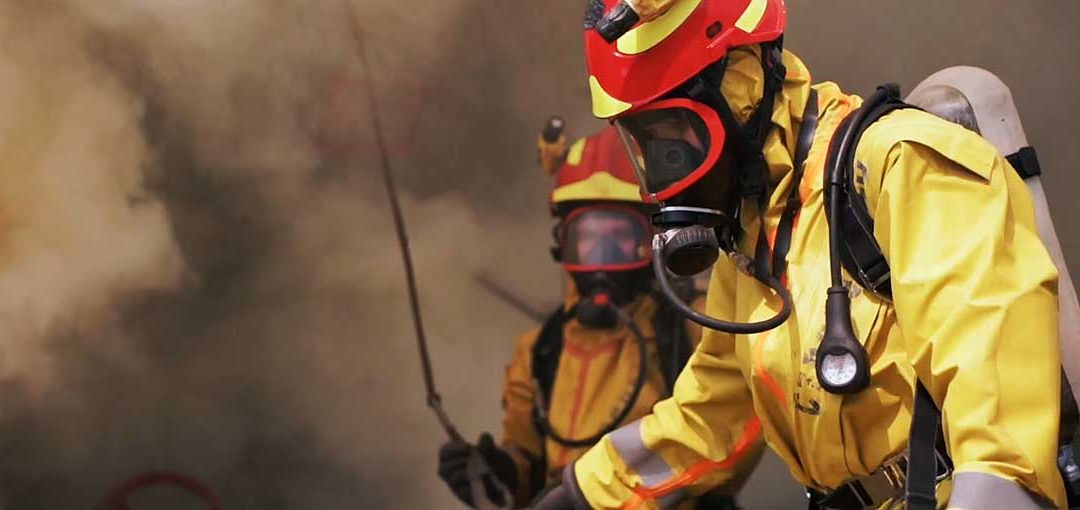A Guide To Hazwoper Training Levels
A Guide To Hazwoper Training Levels
August 28, 2023 |
Hazardous Waste Operations and Emergency Response (Hazwoper) is a crucial component in safeguarding the occupational safety of individuals involved in dealing with hazardous waste and emergency situations. With an array of roles and industries falling under the ambit of Hazwoper, it becomes essential to comprehend the various training levels associated with this vital safety program. In this guide, we explore the different Hazwoper training levels, keeping the emphasis on their requirements and importance in protecting employees and their workplaces.
What is Hazwoper and Why is it Important?
Hazwoper is a safety standard made by OSHA in the US. It aims to protect workers and the environment from dangers related to hazardous waste. Hazwoper training helps workers learn how to handle hazardous situations, reduce risks, and create a safe workplace.
The Genesis of Hazwoper
Hazwoper was created in the late 1980s to protect workers who handle dangerous waste and respond to chemical emergencies. The U.S. Congress recognized the need for better worker protection, so they passed the Superfund Amendments and Reauthorization Act (SARA) in 1986. This law required the development of health and safety regulations to address the issue. OSHA and the EPA worked together to create Hazwoper standards, which are now found in 29 CFR 1910.120 for general industry and 29 CFR 1926.65 for construction.
Safety in the Spectrum of Hazwoper
The OSHA Hazwoper standards encompass a wide range of occupational groups, including those involved in:
- Cleanup operations requiring a permit;
- Corrective actions involving cleanup efforts at Resource Conservation and Recovery Act (RCRA) regulated sites;
- Voluntary cleanup operations at uncontrolled hazardous waste sites;
- Operations at hazardous waste treatment, storage, and disposal facilities;
- Emergency response operations for hazardous substance releases or substantial threats of releases.
Efficacy of Hazwoper Training
Hazwoper trains employees and management to reduce risks and hazards in waste handling. This training helps workers recognize and control hazards in their job. It promotes safety and efficiency, and helps the organization follow regulations.
Hazwoper training focuses on teaching workers how to handle hazardous waste and respond to emergencies. It covers topics like using and taking care of protective gear, recognizing and communicating hazards, handling materials safely, cleaning up after contamination, and planning for emergencies. This training helps workers make smart choices and respond correctly in dangerous situations, while following established rules.
Overview of Hazwoper Training Levels
Hazwoper training is divided into four levels. Each level is tailored to different job roles and focuses on the specific knowledge and skills needed for those positions. The levels start with basic training and progress to more advanced levels, with each level building on the one before it. Now, let’s take a closer look at each of these Hazwoper training levels.
Level 1: Basic Hazwoper Training
Basic Hazwoper training is for general site workers. It is also called the 40-hour Hazwoper training. These workers may not touch hazardous substances directly, but they are still at risk of being exposed to dangerous waste at their job. This training teaches them how to recognize hazards, use protective gear, follow safety rules, and respond to emergencies. It also includes 8 hours of hands-on training and 3 days of supervised field experience to make sure workers are ready to handle dangerous situations at work.
Level 2: Technician Level Hazwoper Training
Technician level Hazwoper training is for people who handle and manage dangerous substances. It is required for workers who deal with hazardous waste at Treatment, Storage, and Disposal Facilities (TSDFs) or respond to emergencies. The training covers topics like assessing risks, controlling hazards, and decontamination. In addition to theory, level 2 training includes 8 hours of hands-on practice.
Level 3: Specialist Level Hazwoper Training
Specialist level Hazwoper training is for people who oversee hazardous waste operations, like on-site managers, supervisors, and safety personnel. This training focuses on their specific job duties. They learn how to implement safety plans, create emergency response plans, and understand regulations and guidelines. In addition to the 24 or 40-hour Hazwoper training, specialists also need 8 hours of specialized training for their unique responsibilities in hazardous waste management.
Level 4: Incident Commander Level Hazwoper Training
The Hazwoper training for Incident Commanders is for people who oversee emergency response situations and lead the response efforts. This training teaches how to manage different scenarios, make decisions during emergencies, communicate effectively, and assess hazards. To reach this level, participants must finish a 24-hour technician-level course and an 8-hour course designed for incident commanders. The training focuses on keeping people and the environment safe and resolving emergencies quickly.
Importance of Hazwoper Training and Its Impact
Hazwoper training bolsters workplace safety, minimizing the risks associated with hazardous waste management and emergency response situations. Companies that invest in rigorous training and adhere to prescribed safety standards ensure the well-being of their workforce and the environment. By fostering a culture of safety, businesses not only comply with OSHA standards and safety regulations, but they also demonstrate a commitment to responsible operations and sustainable practices.
